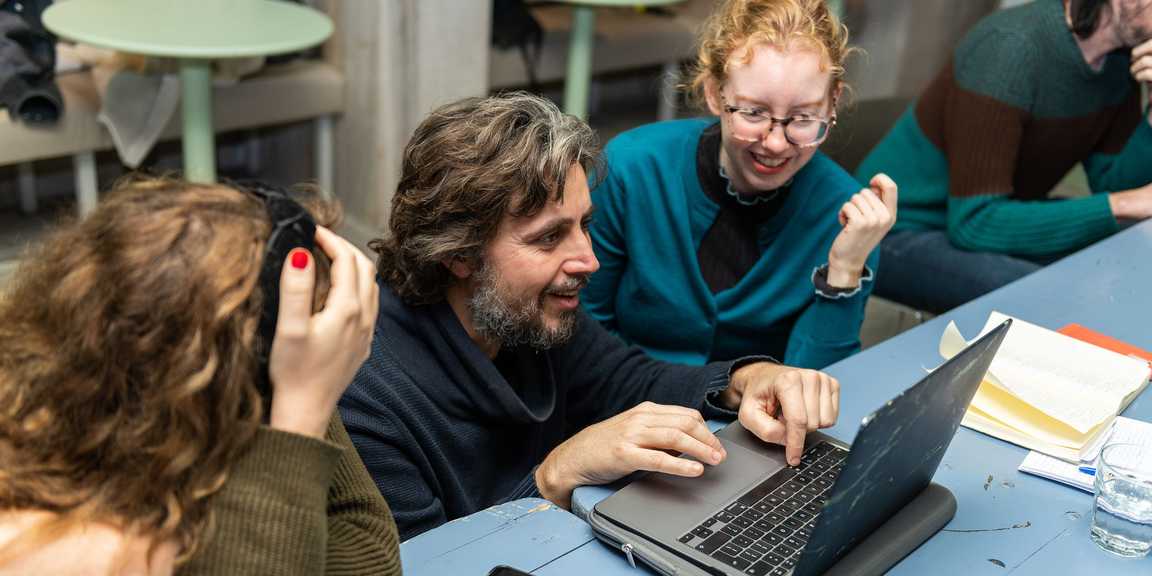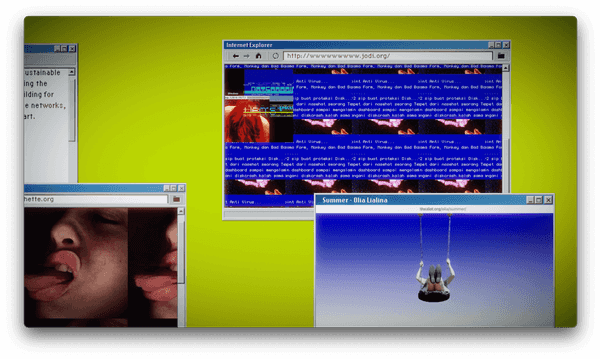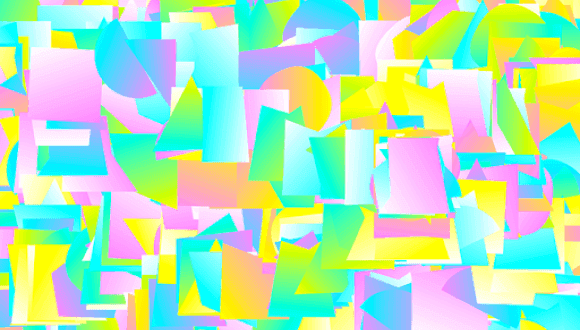
LI-MA Completes Pioneering Project on Digital Art Preservation
Knowledge Transfer and Sustainable Infrastructure Pave the Future for Digital Art
LI-MA successfully concluded the Collaborative Infrastructure for Sustainable Accessibility of Digital Art project, marking a significant advance in the preservation of digital art. In partnership with leading media artists, museums, and networks such as the Dutch Digital Heritage Network (NDE) and the Foundation for the Conservation of Contemporary Art (SBMK), this initiative aims to secure digital artworks in Dutch collections, and building on the knowledge and infrastructure required to safeguard these works long-term.
New Challenges for Digital Art Conservation
As digital art becomes more prominent in Dutch collections, conserving these works has grown increasingly complex. Digital art spans diverse media—from video works to installations and net art—yet remains vulnerable to technological shifts and the ageing of hardware and software. LI-MA's project takes a major step forward in counteracting this potential loss, offering a sustainable framework for the future.

Debra Solomon, the_living (1997-1998) (still)
Pioneering Sustainable Solutions Through Collaboration
What sets this project apart is the innovative collaboration between museums, corporate collections, artists, and research institutes in the Netherlands. Unlike other nations where these challenges are often tackled individually, LI-MA has coordinated an integrated approach involving more than 50 institutions, including the Van Abbemuseum, Stedelijk Museum Amsterdam, and Museum Boijmans Van Beuningen, all of which trust LI-MA’s expertise to preserve their digital art collections.
The project has yielded impressive outcomes. Based on works from the collection, issues, technology and preservation were analysed together with the collection owner, and a number of collection staff as well as two young curators received training. Furthermore, the project has developed and evaluated methodologies for preserving complex digital artworks, such as net art. This not only contributes to preserving these works, but also to enhancing technical knowledge within the field. Several case studies were conducted, each nominated by the 15 collections included in the project and addressing the main themes of Analysis, Documentation and Storage. These case studies looked into significant media artworks, like Rosa Menkman’s A Vernacular of File Formats (2010) and Martin Creed’s Work No. 371 (2004). The resources are now available for third-party use, supporting a wider network of digital conservation professionals.

Net Art Analysis workshop. Photo by LNDWStudio
Future-Oriented Innovation
A key aim of the project is to develop a forward-looking infrastructure that can withstand technological change. This approach offers solutions to the technical challenges faced by digital art collections, such as the necessary regular updates of digital media and systems. For instance, during the project, LTO tapes were updated from LTO-5 to LTO-8, and legacy systems like Flash were converted to HTML5, ensuring continued access to works initially built on now-obsolete platforms.
LI-MA’s Future Remains Uncertain
The completion of this project marks an important step for LI-MA in ensuring the accessibility of digital artworks for future generations. LI-MA plays a crucial role in archiving, preserving and making media art accessible. However, the survival of this essential expertise is at risk due to a lack of structural national support. Without timely and sustainable financial support, the future of LI-MA - Living Media Art is in serious jeopardy. Among other concerns, if LI-MA ceases to exist, the Dutch digital repository for media art will be lost, and with it not only the infrastructure, but also the digital heritage of more than 50 collections, comprising 20,000 artworks by 1,000 Dutch and international artists.
Project Partners and Support
The Collaborative Infrastructure for Sustainable Access to Digital Art project was initiated by LI-MA and is a collaboration with: Van Abbemuseum, de Appel, Museum Boijmans Van Beuningen, Groninger Museum, Dutch Cultural Heritage Agency, Kröller-Müller Museum, Rijksakademie, Stedelijk Museum Amsterdam, Bonnefanten, Centraal Museum, Frans Hals Museum, LI-MA - Living Media Art, KRC Collection, Rabo Art Collection, BPD Art Collection, Foundation for the Conservation of Contemporary Art and the Network for Digital Heritage. Participating artists: Ton Bruynèl and Carel Visser, Martin Creed, Jeroen Jongeleen, Kahlil Joseph, Rosa Menkman, Jan Robert Leegte, Rafaël Rozendaal, Saeeda Saeed and Debra Solomon.
This project was made possible thanks to the generous support of the Mondriaan Fund, the Cultuurfonds and the Gieskes-Strijbis Fund.
Thumbnail and header image: Net Art Analysis workshop. Photo by LNDWStudio








